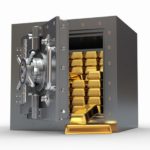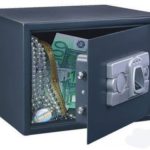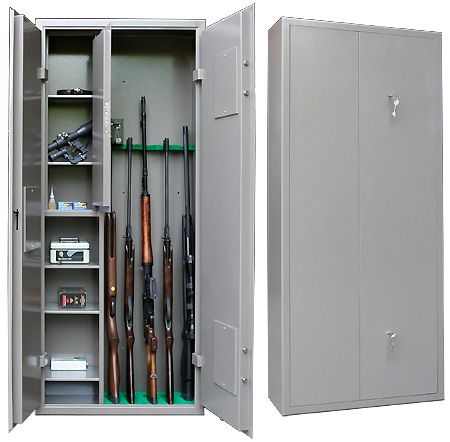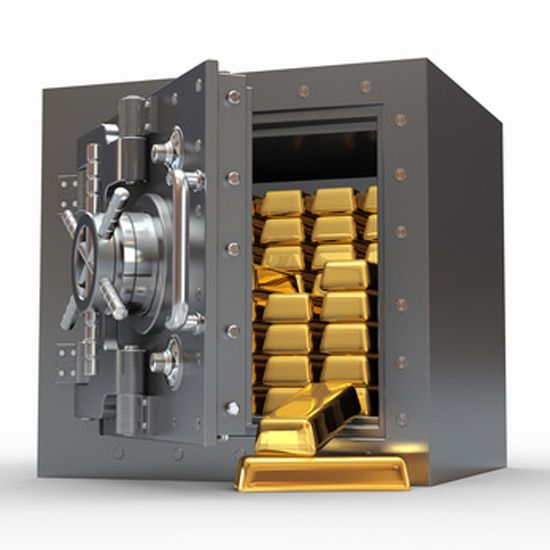Types of safes
It’s hard to believe, but an ordinary metal cabinet with a wall thickness of 2 to 5 mm and a relatively reliable internal lock can also be considered a safe. With zero burglary resistance class, but fairly secure storage, suitable for use in well-protected areas. If there is a need for home protection of material assets, then it is worth choosing something more serious.
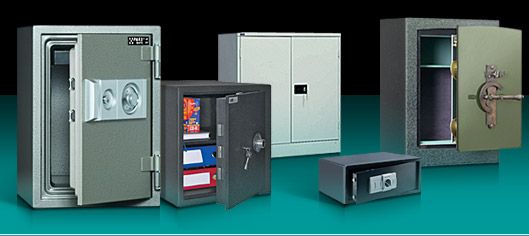
The content of the article
Types of safes
Small and large, solid and not so, high-quality safes always cope with the tasks assigned to them. But only if they are set correctly. But in order not to miss the choice, it’s worth getting to know the features of different models in a little more detail.
By purpose
Furniture Safes are suitable for temporary storage of material assets. Its light weight and compact dimensions allow it to be placed on a closet shelf, thereby hiding it from prying eyes. Opening such a vault is not very easy. Even though there is often only one lock.
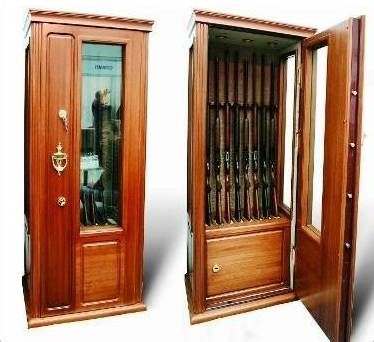
Office safes are more bulky options that can accommodate a large amount of various documentation. They are intended for use in secure premises, so they are usually not particularly resistant to burglary. But quite often they are able to preserve documents even in the event of a fire.
Armory home safes can be large or small - the buyer is invited to choose the one that is most suitable for his arsenal.A prerequisite is a separate shelf for storing ammunition, which is sometimes even equipped with its own door. If the owner does not want to hide the weapon from prying eyes, then models with a transparent armored glass panel will be offered to his attention.
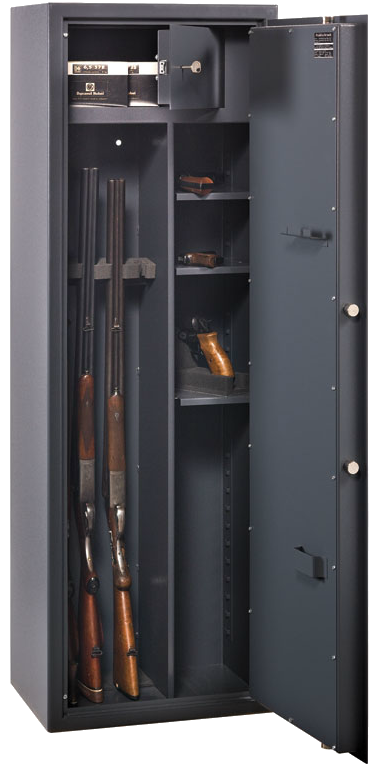
Deposit A safe can most often be seen in a shopping center - it is one of the main elements of payment machines. To put a crisp bill in it, just send it to the receiver. But to get it, you need to open a secure vault locked with several locks. In everyday life it is often used as an original piggy bank.
DATA- the safe is designed for storage of information media. It can’t boast of a large useful volume, but flash drives with films don’t take up much space. But the external dimensions inspire respect, because in addition to protection against burglary, thermal insulation is also provided.
By security level

According to this parameter, safes are divided into only 3 categories:
- burglary-resistant;
- fireproof;
- fire and burglary resistant.
The former have 12 reliability classes (starting from zero). For home use, classes 1-2 are usually selected. For enterprises that care about the safety of important information, 2-3 are suitable. But financial institutions use 4-5. Safes of the sixth and higher burglary resistance classes are manufactured only to order. Therefore, you shouldn’t trust a seller who persistently offers to buy an “eight” - often it’s not even an “five”.
Resistance to hacking is regulated by state and international standards, so it is advisable to avoid all kinds of specifications from the manufacturer.
Fireproof safes do not have a high level of protection against burglary, but they can protect the contents from heat. There are three fire resistance classes.
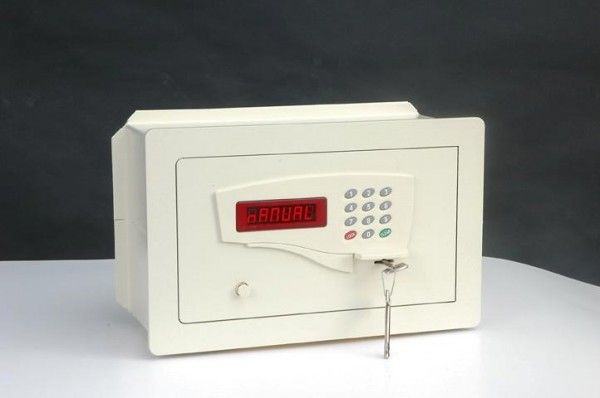
- B - intended for storing papers. In case of fire, the temperature inside remains no higher than 170º for a certain time. However, some types of documents still become unusable after such “drying”.
- D - money and other valuables will not be damaged by the heat, because the safe is kept at a “comfortable” 70º.
- DIS - designed for storing electronic storage media, so in case of fire the temperature inside does not exceed 50º.
The numbers in front of the class abbreviation indicate the maximum time during which the temperature in the storage facility is guaranteed not to increase. This could be 30, 60, 90 or 120 minutes. Thus, the 120 DIS marking on the inside of the door guarantees that the temperature in the safe will not exceed 50º for two hours, even if it is placed in an oven heated to 1000º Celsius.
Fire-resistant ones combine the qualities of both analogues, but to achieve these goals, manufacturers have to make the structures very massive. Models are usually made to order.
By installation type

Built-in - do not differ in large sizes, since they are placed and additionally secured inside the wall or floor. They gained popularity due to the ability to disguise them. Some manufacturers even relied on camouflage for models with a low level of burglary resistance - it is simply impossible to distinguish their door from a wall clock, socket or other things familiar to the human eye.
Floor-standing options are bulky, but provide greater capacity and level of protection. Typically, the outer casing is attached to the floor and walls, which, coupled with its considerable weight, makes it impossible to remove the safe. Usually disguised as furniture.
Mobile storage facilities are lightweight and compact.This category includes cash boxes, car or furniture safes. They are difficult to break into, but easy to carry away if the owners do not prudently secure them to a massive surface.

